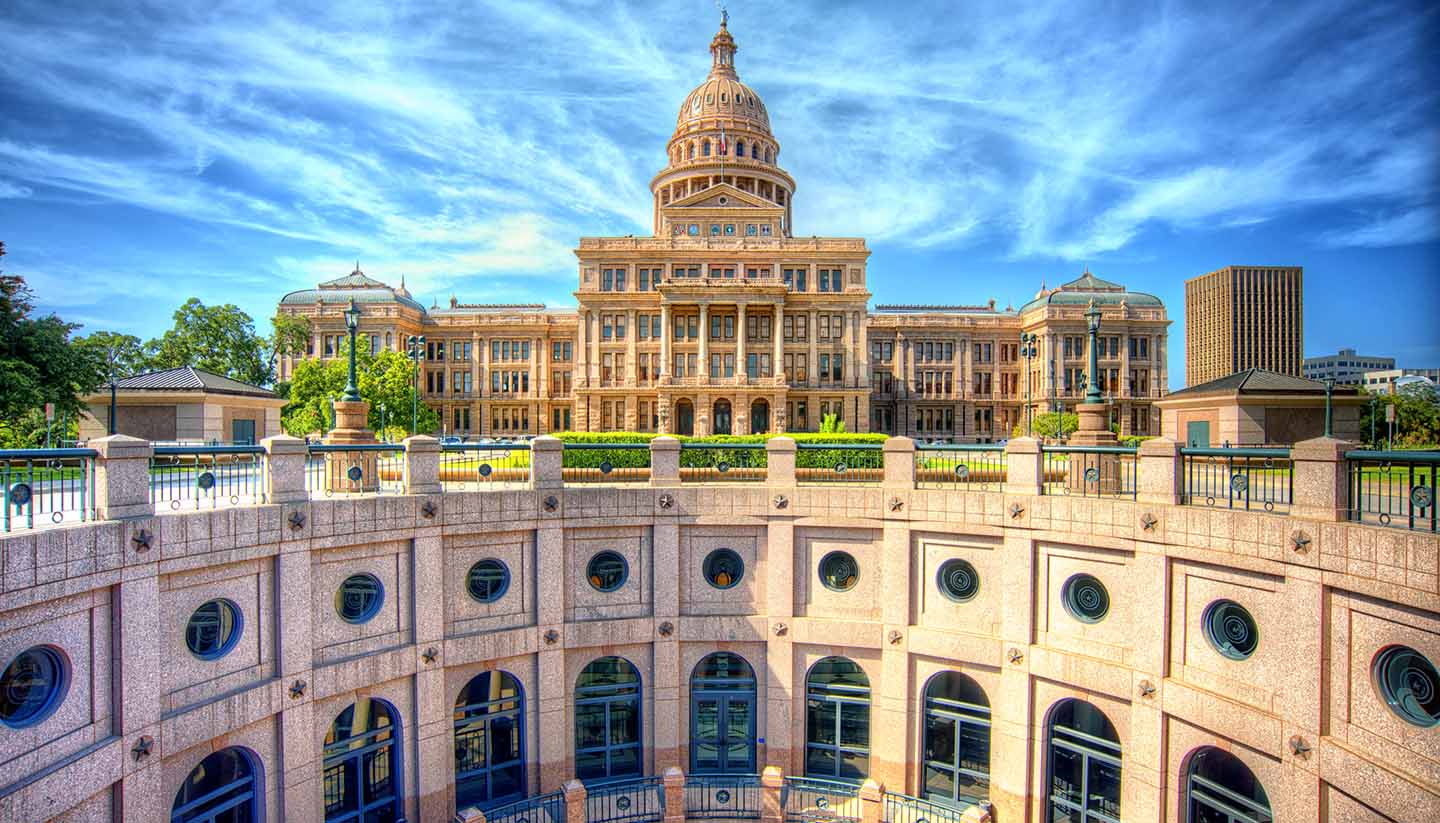Texas History, Language and Culture
History of Texas
Before the arrival of any European settlers, the area we call Texas is thought to have been habited by the indigenous Native American population. The beginning of the European colonisers began with the arrival of the Spanish exploration headed by Alonso Álvarez de Pineda in 1520. After settling, there were many attempts from the French to ambush the Spanish and to colonize the land for French ownership. However, this wasn’t successful and the Spanish declared Texas as a colony and in 1691 appointed Texas with its first governor Domingo Terán de los Ríos.
In 1799 the Spanish ceded control of Louisiana to the French but the agreement was unclear over borders. So much so, that when the French later sold the state of Louisiana to the US in1803, the US believed that the deal also included the Texas area due to boundary confusions. Due to this, Napoleon demanded that the king of Spain should abdicate. The result of this was an attempt by both Mexican and US revolutionaries to declare Mexico and Texas independent. Although unsuccessful, eventually, in 1821 Texas became a part of Mexico, which was newly independent from Spain. The state’s Hispanic legacy has left its mark with place names such as San Antonio and from names of rivers such as Rio Grande.
Within years of becoming part of Mexico, unrest began to take place over political disputes of land and colonialism which created the Texan revolution in 1835. In only three months, Texan forces successfully defeated the Mexican forces and so a year later signed the Texas Declaration of Independence, effectively making Texas a new republic. Continued disagreements rumbled on but in 1845, the US congress passed a bill allowing it to annex the Republic of Texas, thus making it a US state. Mexico strongly opposed annexation and the Mexican-American war took hold.
In 1861, Texas joined the Confederate States of America siding with the south during the Civil War between the North and South. However, by 1865 the Confederacy had collapsed, in part due to the economic difficulties caused by war. After the war, Texas grew increasely prosperous due to the growth of industries such as ranching and banking, leading to wealthier citizens and higher standards of living.
WWII affected Texas significantly, creating more jobs for people working within new military factories, and less people working on traditional ranches. The shortage in farm workers meant that Mexican migrants were brought in, due to their acceptance of lower wages.
When the war ended, Texas began its transformation and modernized to what it is today along with the rest of the US. This included the oil boom that brought along huge economic benefits for the local economy and for citizens of Texas.
Texas Culture
Religion in Texas
Unlike the rest of the United States, the majority of the religion that is practiced in Texas is Roman Catholicism. Other denominations include Baptists and Methodists.
Social Conventions in Texas
Texans can be described as typical southerners as their values generally tend to to be conservative, although pockets such as Austin, may be described as somewhat more liberal. Greetings can include a quick, “How do you do?” Traditional customs such as men holding doors open for women are commonplace, as are somewhat conservative views about gender roles within society. Topics such as abortion and politics are likely to be highly controversial due to the state’s highly religious demographics.
Language in Texas
Texas has no official language. However the most dominant language is by far English. Not far behind, Spanish is spoken by 27% of the population because of Texas’s close proximity to Mexico.


